Blue Wood Aster
- October 17, 2023
- 0 comment
Blue Wood Aster (Symphyotrichum cordifolium), also known as Heart-leaved Aster, is a charming and versatile native wildflower found in North America. This perennial plant gets its common name from its striking, delicate blue to lavender daisy-like flowers that bloom in late summer and early fall, creating a breathtaking display in woodlands, meadows, and gardens.
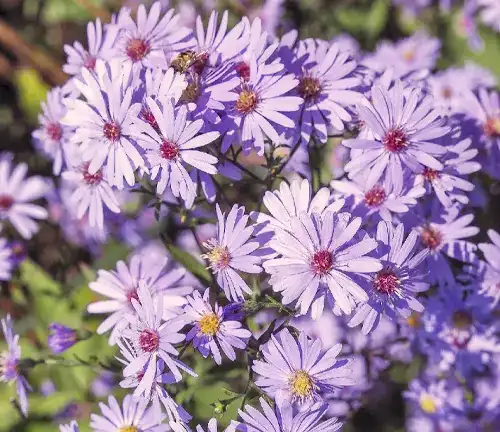
The heart-shaped leaves, which give the plant its alternative name, add to its appeal. Blue Wood Aster is well-loved not only for its aesthetic value but also for its ecological importance. It serves as a valuable nectar source for pollinators, including bees and butterflies, and offers habitat and sustenance for various wildlife. This hardy and low-maintenance plant is a wonderful addition to any naturalistic landscape, providing a touch of late-season color and supporting local biodiversity.
| Characteristics | Description |
| Scientific Name | Symphyotrichum cordifolium |
| Common Names | Blue Wood Aster, Heart-leaved Aster |
| Plant Type | Herbaceous Perennial |
| Mature Height | 1 to 3 feet (30 to 90 cm) |
| Mature Spread | 1 to 2 feet (30 to 60 cm) |
| Foliage | Heart-shaped leaves |
| Flower Color | Blue to lavender |
| Bloom Time | Late summer to early fall |
| Sun Exposure | Partial shade to full sun |
| Soil Type | Well-drained, moist, and fertile soil |
| Soil pH | Slightly acidic to neutral (pH 6.0-7.0) |
| Drought Tolerance | Moderate |
| Wildlife Attraction | Attracts bees, butterflies, and other pollinators |
| Native Range | North America |
| USDA Hardiness Zones | 3 to 8 |
| Maintenance | Low maintenance, minimal pruning required |
| Ecological Value | Provides nectar for pollinators and supports local wildlife |
| Landscape Use | Woodlands, meadows, naturalistic gardens, and wildlife gardens |
| Special Features | Late-season bloomer, heart-shaped leaves add ornamental interest |
| Propagation | Typically by division or seed |
| Additional Notes | Blue Wood Aster is an excellent choice for adding late-season color and promoting biodiversity in your garden. |
Botanical Beauty of “Blue Wood Aster”
Blue Wood Aster (Symphyotrichum cordifolium) is a botanical gem that graces North American woodlands and meadows with its ethereal beauty. This native wildflower is a perennial plant known for its delicate, daisy-like blue to lavender flowers that capture the essence of late summer and early fall. Beyond its aesthetic allure, the heart-shaped leaves of the Blue Wood Aster further enhance its botanical charm. Let’s delve into the botanical wonder that is the Blue Wood Aster, exploring its woodland elegance, ecological importance, cultivation and conservation, fragrance, soil stabilization abilities, common uses, and the multitude of benefits it offers.
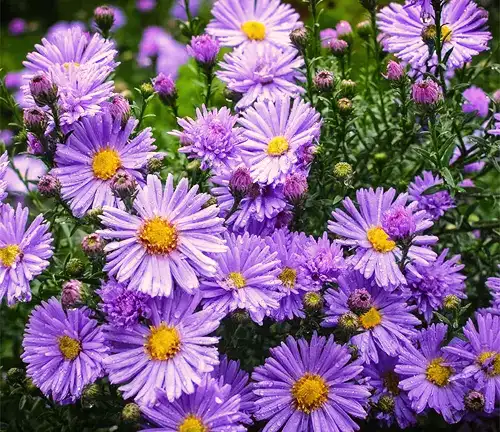
Woodland Elegance

One of the most distinctive features of the Blue Wood Aster is its woodland elegance. This perennial plant can reach heights of 1 to 3 feet and boasts striking heart-shaped leaves. These leaves not only add an element of whimsy to the woodland floor but also make the plant easy to recognize. When the late summer sun filters through the canopy, the plant’s delicate blue or lavender flowers bloom, creating a serene and picturesque scene. Blue Wood Aster’s grace in wooded settings makes it a favorite among nature enthusiasts and gardeners alike.
Ecological Importance
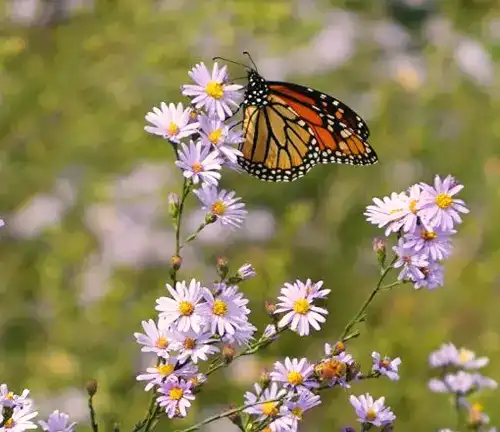

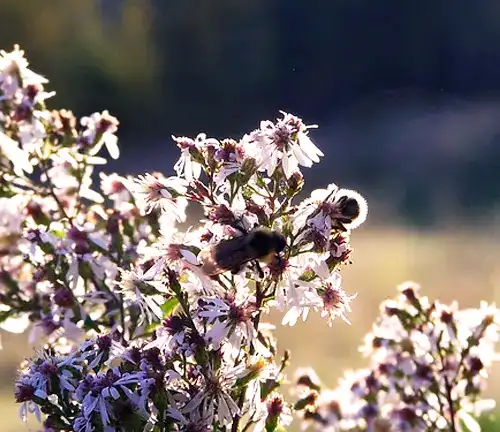
Blue Wood Aster isn’t just a pretty face in the plant kingdom; it plays a vital ecological role. This species is a source of nectar for pollinators, particularly bees and butterflies, during the late blooming season. By providing sustenance for these important insects, it aids in the pollination of other plants, contributing to overall ecosystem health. Furthermore, Blue Wood Aster provides habitat for various wildlife, making it a valuable component of local biodiversity.
Cultivation and Conservation
Cultivating Blue Wood Aster in your garden is not only a tribute to its beauty but also a conservation effort. This species is native to North America and is adapted to the region’s climate and soil conditions. To cultivate it successfully, choose a site with partial shade to full sun and well-drained, fertile soil. Given its moderate drought tolerance and low-maintenance nature, Blue Wood Aster is an excellent addition to sustainable, eco-friendly gardens.
Fragrance
Although not widely known for its fragrance, Blue Wood Aster possesses a subtle, earthy scent that adds an extra layer of appeal. This gentle aroma can provide a soothing olfactory experience as you wander through woodlands or gardens where it thrives. It’s a reminder that beauty in nature often appeals to multiple senses.
Soil Stabilization
One of the hidden talents of Blue Wood Aster lies in its ability to stabilize soil. Its robust root system helps prevent erosion, making it a valuable addition to landscapes with vulnerable or sloping terrain. By anchoring soil in place, Blue Wood Aster contributes to the preservation of natural habitats and minimizes the environmental impact of landscaping projects.
Common Uses
Blue Wood Aster has found its way into various settings beyond the wild woodlands. It is a favored addition to naturalistic gardens, where its late-season blooms add a burst of color and life. Additionally, it is used in wildlife gardens, contributing to the conservation of local fauna and flora. This plant’s versatility and adaptability make it a valuable asset in a range of landscaping scenarios.
Benefits
The benefits of Blue Wood Aster extend far beyond its ornamental appeal. By supporting pollinators and providing wildlife habitat, it enriches the ecosystem. Its low maintenance requirements make it an ideal choice for eco-conscious gardeners. Furthermore, its ability to stabilize soil aids in preventing erosion and preserving natural landscapes. Its subtle fragrance and unique woodland charm create a sensory experience in the great outdoors. In short, Blue Wood Aster is a multi-faceted plant that brings both beauty and ecological value to the environment.
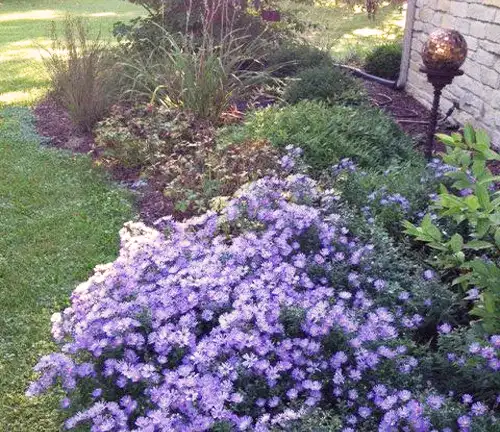
Different Species
New England Aster
(Symphyotrichum novae-angliae)
This aster species is known for its striking purple to violet flowers and is commonly found in North America. It is a popular choice for gardens and landscapes.
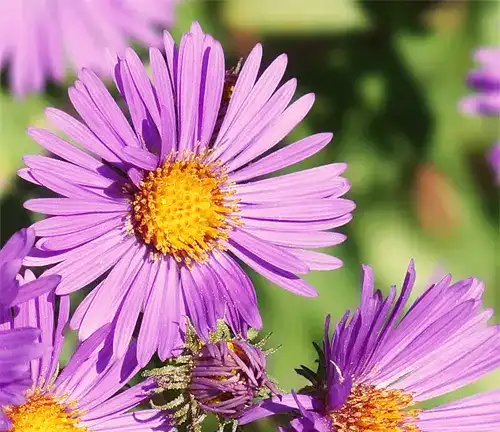
Smooth Blue Aster
(Symphyotrichum laeve)
Smooth Blue Aster has light blue to purple flowers and is native to eastern and central North America. It’s often used in wildflower gardens and naturalistic landscapes.
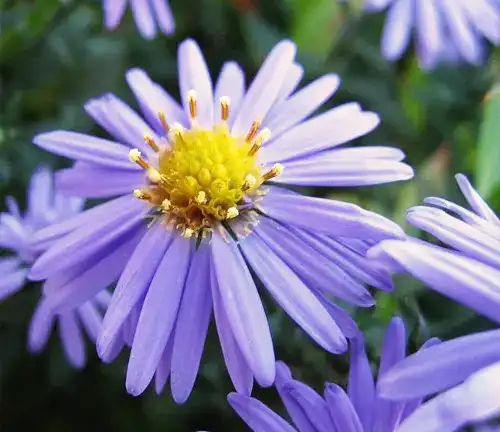
Heath Aster
(Symphyotrichum ericoides)
This species features small, white to pale blue flowers and is native to North America. Heath Aster is known for its fine, feathery foliage and is a favorite in rock gardens and meadows.
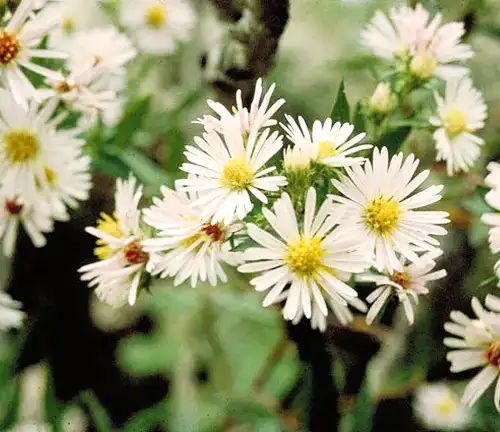
White Wood Aster
(Eurybia divaricata, formerly Aster divaricatus)
White Wood Aster is another native species known for its delicate white to pale blue flowers. It’s found in woodland settings and makes an excellent choice for shaded gardens.
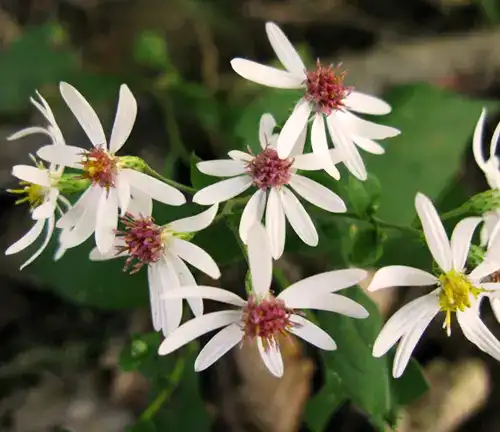
Frequently Asked Questions (FAQs)
- What is Blue Wood Aster?
Blue Wood Aster, scientifically known as Symphyotrichum cordifolium, is a native North American perennial wildflower known for its delicate blue to lavender daisy-like flowers and heart-shaped leaves. - Where is Blue Wood Aster found?
Blue Wood Aster is native to North America and can be found in woodlands, meadows, and gardens across a broad range of the continent. - When does Blue Wood Aster bloom?
Blue Wood Aster typically blooms in late summer and early fall, gracing landscapes with its charming late-season flowers. - What are its ecological benefits?
Blue Wood Aster is a valuable nectar source for pollinators, such as bees and butterflies, and provides habitat for local wildlife, contributing to biodiversity and ecosystem health. - How do I cultivate Blue Wood Aster in my garden?
To grow Blue Wood Aster, plant it in well-drained, moist soil with partial shade to full sun. It is a low-maintenance plant with moderate drought tolerance, making it suitable for eco-friendly gardens. - Are there any related species to Blue Wood Aster?
Blue Wood Aster is a specific species (Symphyotrichum cordifolium), but there are other aster species within the Symphyotrichum genus and the larger Asteraceae family that share similar characteristics and are used in gardens and landscapes. - Does Blue Wood Aster have a fragrance?
Blue Wood Aster has a subtle, earthy fragrance that enhances the sensory experience when encountered in natural settings. - What is its role in soil stabilization?
Blue Wood Aster’s extensive root system helps stabilize soil, preventing erosion, making it a valuable addition to landscapes with vulnerable or sloping terrain. - Can Blue Wood Aster be used in landscaping other than naturalistic gardens?
Yes, Blue Wood Aster is a versatile plant suitable for a range of landscaping scenarios, including wildlife gardens, meadows, and even traditional gardens where late-season color is desired. - What are the overall benefits of Blue Wood Aster?
Blue Wood Aster offers aesthetic beauty, ecological importance, and conservation benefits, including support for pollinators, soil stabilization, and a unique fragrance, making it a valuable addition to natural and cultivated landscapes.


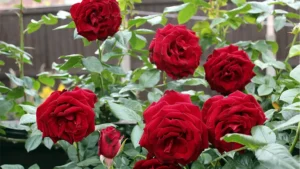
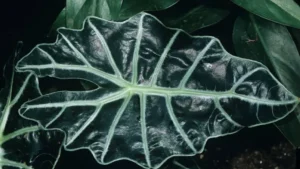

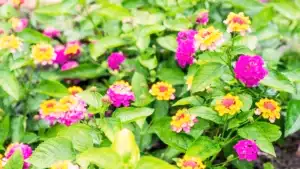

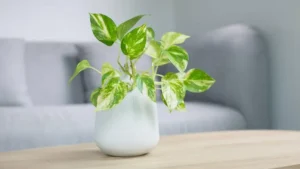


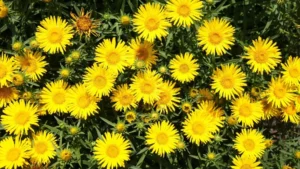
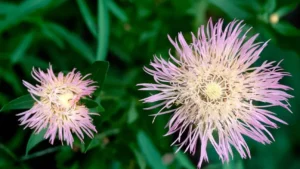
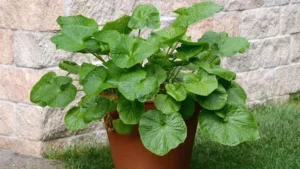

Leave your comment